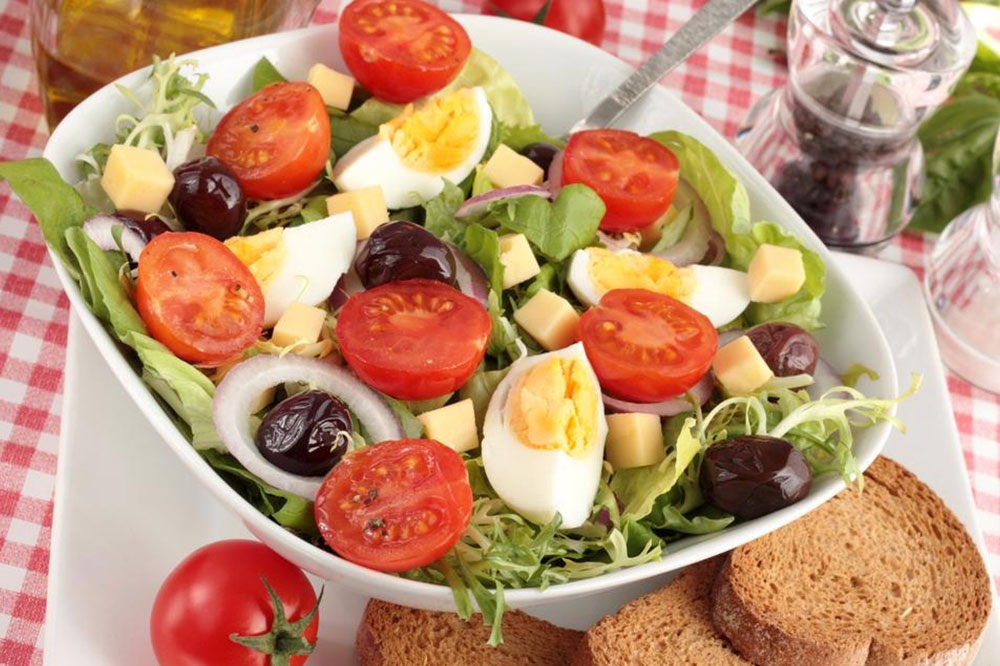
Tips to Follow When on a Paleo Diet
A Paleo diet includes foods high in protein, fat, and fiber, and it includes plenty of fruits and vegetables. It, however, restricts the intake of grains, legumes, refined sugars, processed foods, and commercially manufactured fast foods that contain chemicals. Since there is no reference to one specific, fixed menu on the Paleo diet, it can be tweaked and customized to suit individual necessities and preferences. Here are some tips for following a Paleo diet to make it easy for you:
- Hunter-gatherers or cavemen, whose dietary habits influence the Paleo diet, were a physically active community. Take that as a pointer and indulge in regular physical exercise. Simple changes in your lifestyle can also make a huge difference in the long run. Ditch that couch, the chair with the wheels, and the lift or escalator, even if they are available for use and tempting. Instead, learn to be light on your feet and take the stairs, take a stroll, stretch your legs, and exercise regularly. Spend time outdoors in nature and get some fresh air for optimum physical and mental health.
- A very helpful tip for following a Paleo diet is to start it along with a friend or someone from your own family. You could use the company to share notes and motivate each other when things don’t seem to work as expected. Giving up on foods you are used to and developing a taste for new foods is not easy, but having someone with you the whole way can make things a lot easier. Team up and shop together for vegetables and fruits, and try to stock up on organic stuff as much as possible. At the same time, when your partner isn’t around at certain times, do not feel demotivated; instead, feel proud to be the exception in the room.
- While meat is important in a Paleo diet, try to have the lean kind and save the bacon and pork sausage for special occasions. Eat plenty of servings of fruits and vegetables of all kinds for the essential vitamins, minerals, antioxidants, and natural sugars. Include leafy greens, roots and tubers, cruciferous vegetables, and squash, and citrus and tropical fruits, drupes, and the pome varieties.
- Eat fresh, local, seasonal, and organic foods as much as possible; the Paleo diet is all about eliminating unhealthy and processed foods from your diet. It makes sense to follow a minimalistic lifestyle and enjoy your foods with as few additives as possible.
- Restricting the consumption of grains and legumes might be difficult at first, but it will also enable you to be creative with your meal plans. You can try out new recipes and acquire a taste for new kinds of foods to satiate your hunger in a healthy way.
- An effective tip for following a Paleo diet and getting your daily requirements of monounsaturated and polyunsaturated fats is to add walnuts, avocado, safflower and sunflower oils, sesame oil, butter, ghee, canola, and olive oil, coconut oil, flax seeds, sunflower seeds, and fatty fish like salmon, tuna, herring, and trout to your diet.



